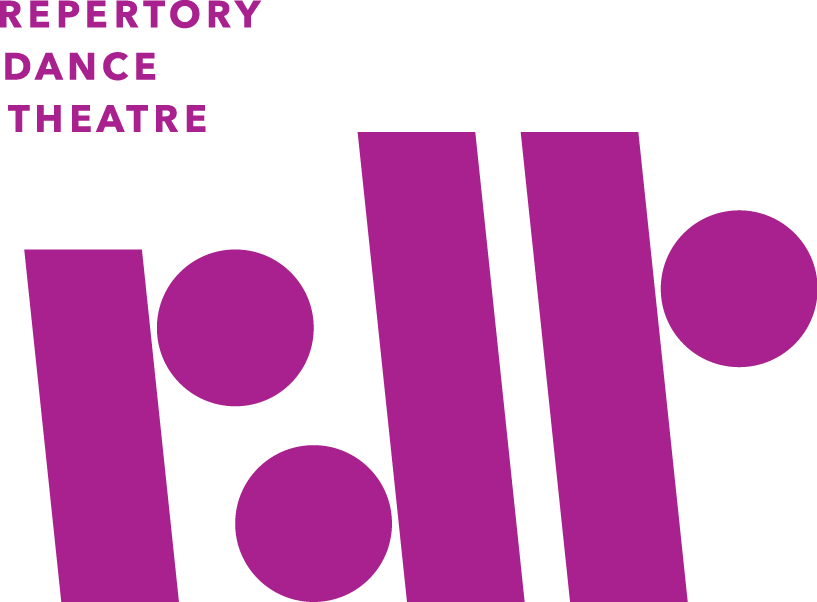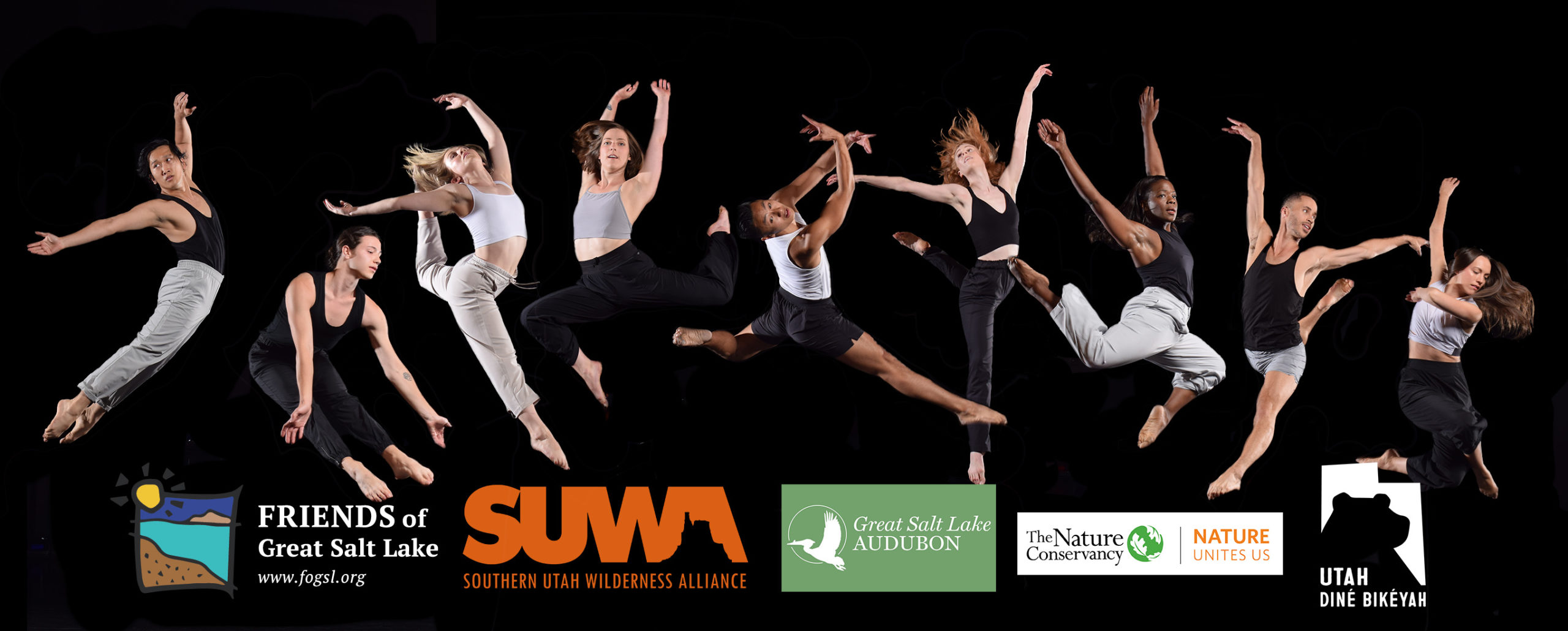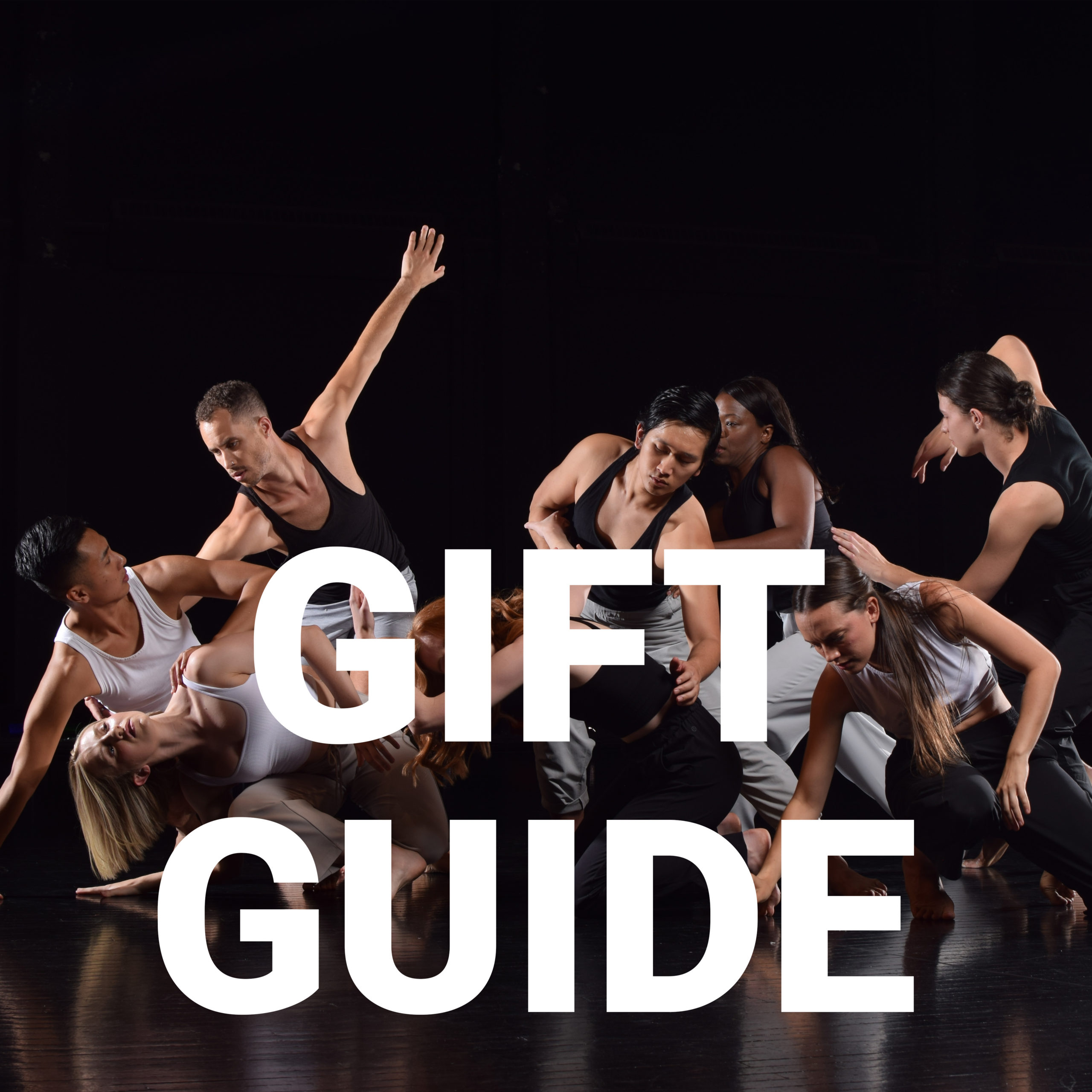The Place for Art in America: Everywhere (Part 1)

RDT: “Missa Brevis,” by Jose Limon
I’m a culture worker twice. I’m both an artist myself, and I’m a fundraiser for the arts. As a novelist and editor of creative writing, I pursue my own imaginative and expressive impulses through my craft, and with my vision of what I think literature has done and can continue to do to broaden and enrich the human enterprise. But as a fundraiser for Repertory Dance Theatre (RDT), those pursuits are not so much “deep-sixed” as they are suddenly in vivid conversation with, for want of a better word, the non-cultural sector. Among others, this sector includes STEM (Science, Technology, Engineering and Math) as well as the business world. Tragically, it is also starting to include public education … but more on that later.
I want to talk here about the intersection between the arts / humanities and business. For cultural organizations like RDT, a mid-sized performing arts group with an annual budget of $800,000, the Great Recession was an opportunity for arts administrators like me to turn over the stones in the rock garden of corporate America, and to learn to speak the language of business. After all, many arts groups (10,000 or one-tenth of the nation’s organizations by one 2009 count) not only took it in the teeth, but would shutter their doors forever. With unemployment in the United States peaking at 10 percent, we needed the validation of the moneyed crowd. We needed their endorsement. Oh yeah … and we needed their cash sponsorship.
In short we needed them to see us. The business sector, more often elusive than not to artist-types like me, also includes government agencies which can be quick to contract their revenue streams to a symphony, or a gallery, a ballet or a book award–to a mere drizzle. Or they can even attempt to seal that funding off entirely the moment the Dow Jones Industrial Average plummets and someone starts screaming about economic priorities. Needless to say, the priorities of economics, like those of politics, are in the eye of the beholder … or the screamer in this case. What is the economic priority of one is clearly not that of another.
But corporate America, which accounts for just 5% of charitable giving of every kind (human services, culture, etc.) in the United States, contracts even more quickly than tax-based agencies.

The Economic Web: Arts and Culture are an integral part of it.
I mention this because RDT, where I’m the Director of Development (aka, fundraiser), has made an intrepid effort of late to reach out to businesses not just because we need increased sponsorship for our programs through their offices of corporate responsibility. We have also approached them because, as an arts organization, we have to make ourselves part of the economic web just to be seen. We have to get on their radar. They have to see us on their terms, not ours.
For this reason, small as we are, RDT makes enormous efforts to network with organizations such as the Salt Lake Chamber of Commerce and the Economic Development Corporation of Utah (EDCUtah). RDT carries a membership in both organizations, fortunately, through the affordable contract of ticket trade for membership dues. These organizations are social sites where RDT gets to preach to someone other than “the choir.” They are sites where we are challenged to tell our story in ways that insert us into the fabric of society as seen through the eyes of economic development.
This is not an easy task. Business folks are folks first: real people with real limits on their time, resources and attention. Like “us,” they get locked into their own boxes, and into their own lexicon: if they don’t have a word for something, it doesn’t exist to them. For example, RDT not only spends a lot of its time with defining “repertory” and “choreography” at these networking events, we have the challenge of explaining why any of it matters. The conversation can sometimes go like this:

“Dance? My daughter dances. Costs me a fortune to send her through that school every year.”
“Really? Does she study ballet or modern?” He looks at you blankly. [Wrong turn. Go back…]
Take Two: “We do what’s called concert dance.”
“Concerts? Like music?”
“We’re professional dancers who perform shows in a theater.”
[More blank stares. But you’ve got a hook. Keep going…]
“We tell America’s story on stage.”
“What kind of stories?”
“Stories about you and your family … ”
“No kidding?” [Takes a sip of his beer.]
“…and of the whole human family. How old is your daughter?”
“Eight.”
“She’s probably seen RDT in her school. We serve 30,000 Utah school kids every year with dance programs.”
“She’s crazy about it. Always wearing that tutu.”
[Empathetic laughter]. Yep. That’s us. [Even though we’re not the ballet, we’ll take credit for a tutu.] We’re the ones that give meaning to her life in school. We get her to ask the question ‘why?’ … ”
“Why?”
… so that she connects what she does in the classroom and who she is in her family to how she sees herself. Who she becomes.”
“That’s cool.”
“Yep. That’s what we do. It is cool!”
“So, you work with kids.” [He’s looking around the room for his next networking opportunity. You need to go in to the wind-up.]
“And big kids too. Like you and me, in the theater. Art asks the question, [You gesture around the room] ‘Why are we doing all of this?’ ‘Why and how does it really matter?'”
“Ah, sort of like church?”
“Sort of. But you get Sundays off.”
Cheeky though the conversation above might sound, I hope it illustrates the point I’m trying to make which is that the arts and humanities aren’t just embroidery to something called “the things that matter” (i.e., making and spending money). The arts are part of the warp and woof of the tapestry of life. They temper everything, and inform everything, and they faciliate thought and action. More than a tapestry, they are part of the web of life that connects everything to everything: science to faith, justice to law, education to the soul, commerce to community. When one corner of the web of human living moves, it moves everything. Art in general personifies how that happens, and dance in particular embodies it–literally.
That’s part of the story of RDT as well. Not just our concert series, our popular Dance Center on Broadway, or our school outreach. And that’s the story we have to tell in some shape or form to the broader population that sometimes seems fixated on everything but arts and culture. They need to know that our work matters to the community which, when healthy, and fully-dimensional, actually helps provide a real space for sustained economic development. So, you see, we are brought full circle, which arguably is the modus operandi of art, to circle back, to elevate the questions, not the answers.
In another post, I would like to blog on how we talk about our art form and our programming to others who do not speak the language of culture. The moniker “Creatives Industry” is emerging to suggest the role that creativity plays in economic development. The term, two words from opposite sides of the universe improbably jammed together, broadens the tent of what is creative while honoring the gold standard of creativity: the fine arts and humanities. To be useful, the term has to be defined. Americans for the Arts has a narrower version than others, but as a story-teller, you and your cultural organization, can use the term fluidly (and liberally) to inspire others to draw the arts and cultural sector into the visible web of what we call “the economy.”
There is a place for culture in America. Even an honored place. But first we have to learn the language of the population we are trying to reach. What’s the good news? They already want what we are offering. The market is there.
 A fiction writer and essayist by trade, David Pace is the Director of Development at Repertory Dance Theatre. You can visit his personal website at www.davidgpace.com
A fiction writer and essayist by trade, David Pace is the Director of Development at Repertory Dance Theatre. You can visit his personal website at www.davidgpace.com






